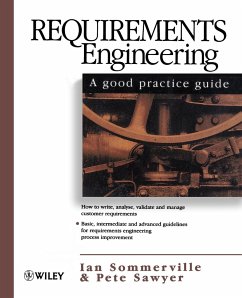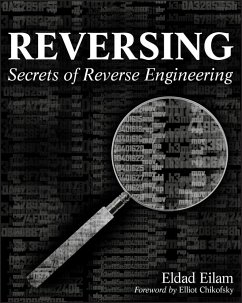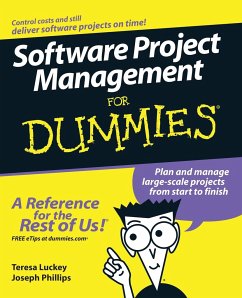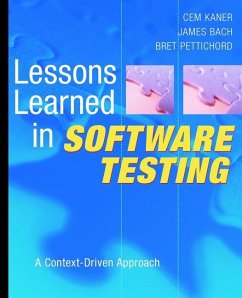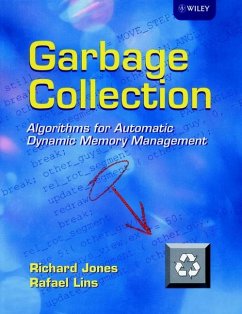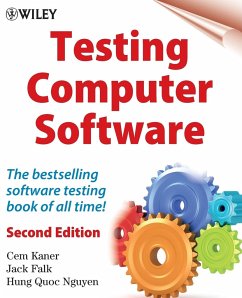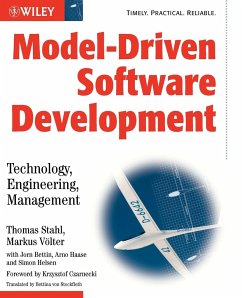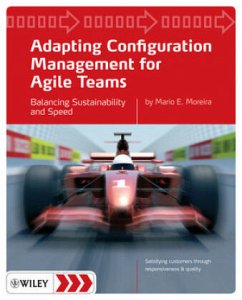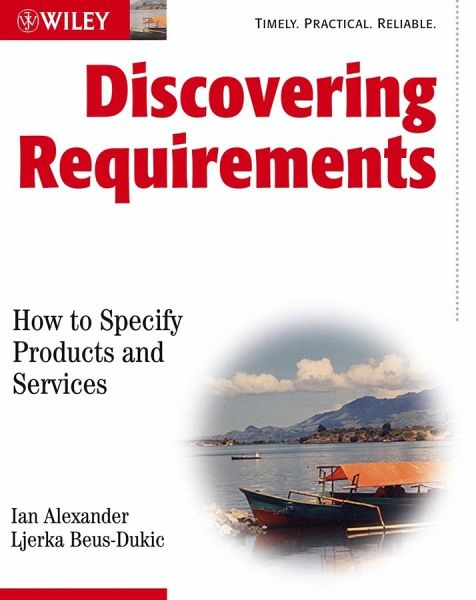
Discovering Requirements

PAYBACK Punkte
25 °P sammeln!
Discovering Requirements uses a set of simple, robust, and effective cognitive tools for building requirements. This book shows with worked examples how to build up an understanding of any problem. Other features include stakeholder analysis, goal modeling, context modeling, storytelling and scenario modeling, identifying risks and threats, describing rationales, defining terms in a project dictionary, and prioritizing using a complementary set of techniques. Chapters stand alone, with cross-references to topics in other chapters. Each includes tips providing brief and relevant guidance on putting techniques into practice.
"This book is not only of practical value. It's also a lot of fun to read." Michael Jackson, The Open University.
Do you need to know how to create good requirements?
Discovering Requirements offers a set of simple, robust, and effective cognitive tools for building requirements. Using worked examples throughout the text, it shows you how to develop an understanding of any problem, leading to questions such as:
What are you trying to achieve?
Who is involved, and how?
What do those people want? Do they agree?
How do you envisage this working?
What could go wrong?
Why are you making these decisions? What are you assuming?
The established author team of Ian Alexander and Ljerka Beus-Dukic answer these and related questions, using a set of complementary techniques, including stakeholder analysis, goal modelling, context modelling, storytelling and scenario modelling, identifying risks and threats, describing rationales, defining terms in a project dictionary, and prioritizing.
This easy to read guide is full of carefully-checked tips and tricks. Illustrated with worked examples, checklists, summaries, keywords and exercises, this book will encourage you to move closer to the real problems you're trying to solve. Guest boxes from other experts give you additional hints for your projects.
Invaluable for anyone specifying requirements including IT practitioners, engineers, developers, business analysts, test engineers, configuration managers, quality engineers and project managers.
A practical sourcebook for lecturers as well as students studying software engineering who want to learn about requirements work in industry.
Once you've read this book you will be ready to create good requirements!
Do you need to know how to create good requirements?
Discovering Requirements offers a set of simple, robust, and effective cognitive tools for building requirements. Using worked examples throughout the text, it shows you how to develop an understanding of any problem, leading to questions such as:
What are you trying to achieve?
Who is involved, and how?
What do those people want? Do they agree?
How do you envisage this working?
What could go wrong?
Why are you making these decisions? What are you assuming?
The established author team of Ian Alexander and Ljerka Beus-Dukic answer these and related questions, using a set of complementary techniques, including stakeholder analysis, goal modelling, context modelling, storytelling and scenario modelling, identifying risks and threats, describing rationales, defining terms in a project dictionary, and prioritizing.
This easy to read guide is full of carefully-checked tips and tricks. Illustrated with worked examples, checklists, summaries, keywords and exercises, this book will encourage you to move closer to the real problems you're trying to solve. Guest boxes from other experts give you additional hints for your projects.
Invaluable for anyone specifying requirements including IT practitioners, engineers, developers, business analysts, test engineers, configuration managers, quality engineers and project managers.
A practical sourcebook for lecturers as well as students studying software engineering who want to learn about requirements work in industry.
Once you've read this book you will be ready to create good requirements!





